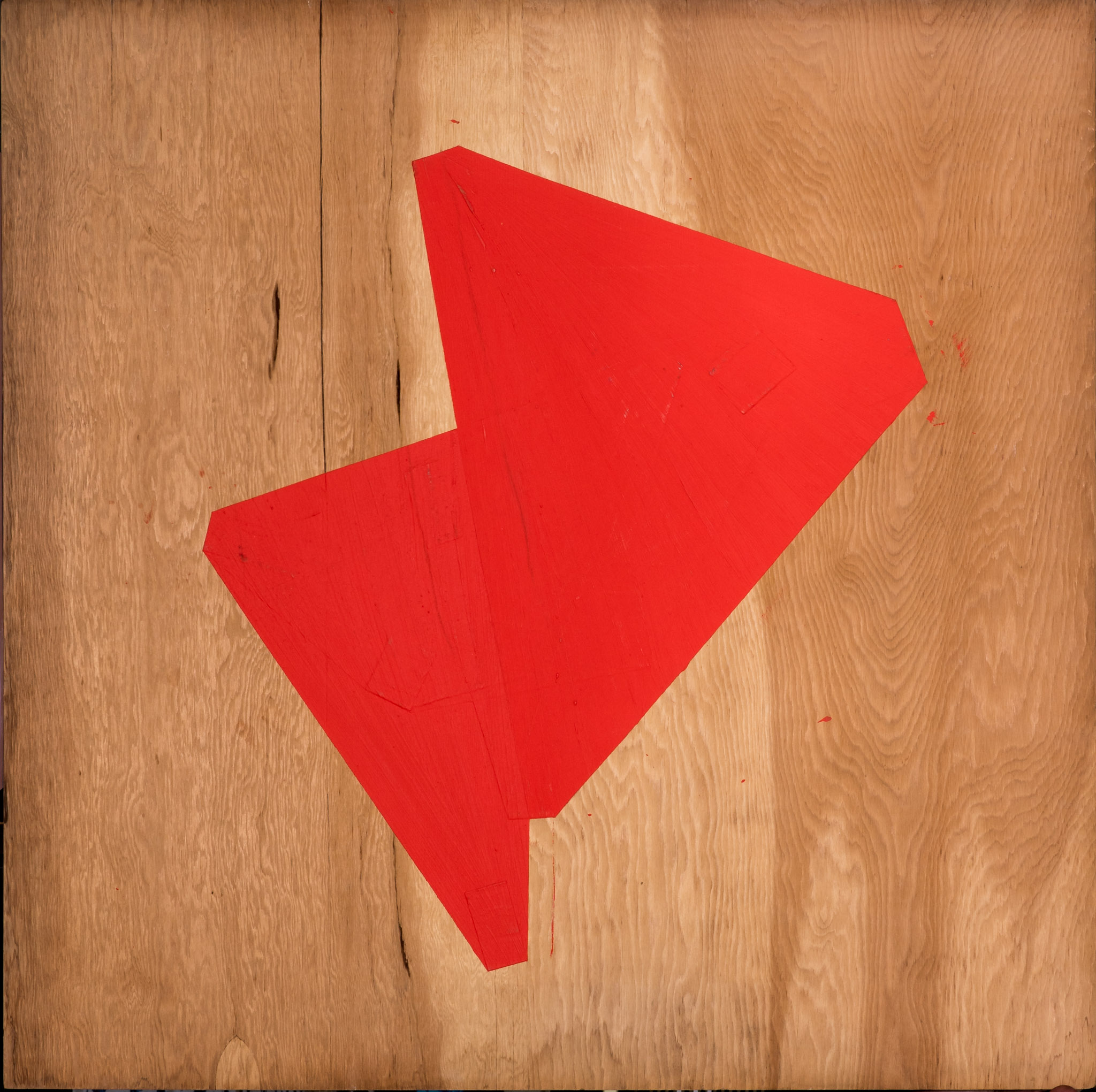Merage Gallery at Sinai Temple, Westwood
By Shana Nys Dambrot
Through April 20th
Throughout her four decades of art-making, Judy Rifka has never ceased challenging conventions of the formalism/conceptualism continuum. Her deal is, she messes with the picture plane, through various operations of flatness, compression, texture, impasto, collage, reductivism and accumulation. Sometimes she builds a sculptural, almost architectural surface, sometimes she dances through expanses of negative space, sometimes she shreds it all to pieces. Always she is concerned with giving fixed form to the movement of shadows in space, with making the liminal central, and with identifying approaches to collapsing optical realism without abandoning naturalism in her abstract codes. Artifice is the language she uses in depicting the sincerely expressive world around her, whether she’s engaging through a brush or a pair of scissors, a printer’s plate, or a performance-artist’s garb.
Rifka was an acclaimed and pioneering figure in the experiment-drenched New York art world of the 1970s, showing with her contemporaries like Keith Haring and Mel Bochner, being covered in the best magazines, showing at galleries and museums internationally, and being included in the Whitney Biennial in both 1975 and 1983. While known to many in certain circles there’s an “artist’s artist” quality to Rifka’s career arc, whereby a gifted artist such as herself may find themselves a kind of indie celebrity, getting plenty of love but being somewhat absent from the mainstream canon. Like many such artists of her generation, especially women, now is the perfect time to correct the record. And it is the perfect time, because as this thoroughgoing, eclectic, comprehensive mini-survey demonstrates, not only does her classic early work more than hold up to its early shock and promise, and not only has she clearly been working steadily in the interim, but her most works are some of the most powerful, fresh, and vital on display.
The survey begins with a selection of her best-known work, the “Single Shape” paintings on plywood which set SoHo abuzz in the 1970s, and which Rene Ricard writing in Artforum in 1981 cited as, “among the most important paintings of the decade. Every painter who saw them at the time recognized their influence.” With overt echoes of Malevich’s primary-color Suprematist geometrical meditations, augmented by moe jaunty angles and the warmth of wood grain, and animated by the wit of arte povera, these works were as rigorous as those of her minimalist counterparts, but with a jazzier jaunt, a swing if you will, in their step. Writing in Artforum for a group show at Bykert Gallery in 1974, Jeremy Gilbert-Rolfe called these works “the most devastatingly original formulation of painting’s identity that I’ve encountered in some time.”
From there the exhibition moves, stepping lively, through periods of figuratively undone Pop-inflected narrative works; experiments in kaleidoscopic digital photography; sizzling, retro-chic abstract collages; a latter-day return to the flat forms, and a singular, hypnotic masterpiece of math, gesture, and pigment based on the Mayan calendar. There is a variability in her materials and phases of aesthetic modes such as one might expect in the course of decades of studio practice. And the distance between early reductionism and recent lavishness might seem a long way to go. But the benefit of seeing these diverse works in proximity to one another is the revelation of their subtler but indelible interconnectivity and continuity across those modes. If there is real space to be articulated, carved out, flooded with light, moved through of only with the eye — if there is any space whatsoever to be had within the framework of an image’s surface of paper or paint, then Rifka makes it her job to find that space and make it the star of the picture. Space becomes an element of the composition, not in depiction but in actuality, hopping from two to three dimensions and back again as her work builds up and breaks apart and collapses upon itself at the same time, scintillating, like tiny performances for an audience of your eyes.


